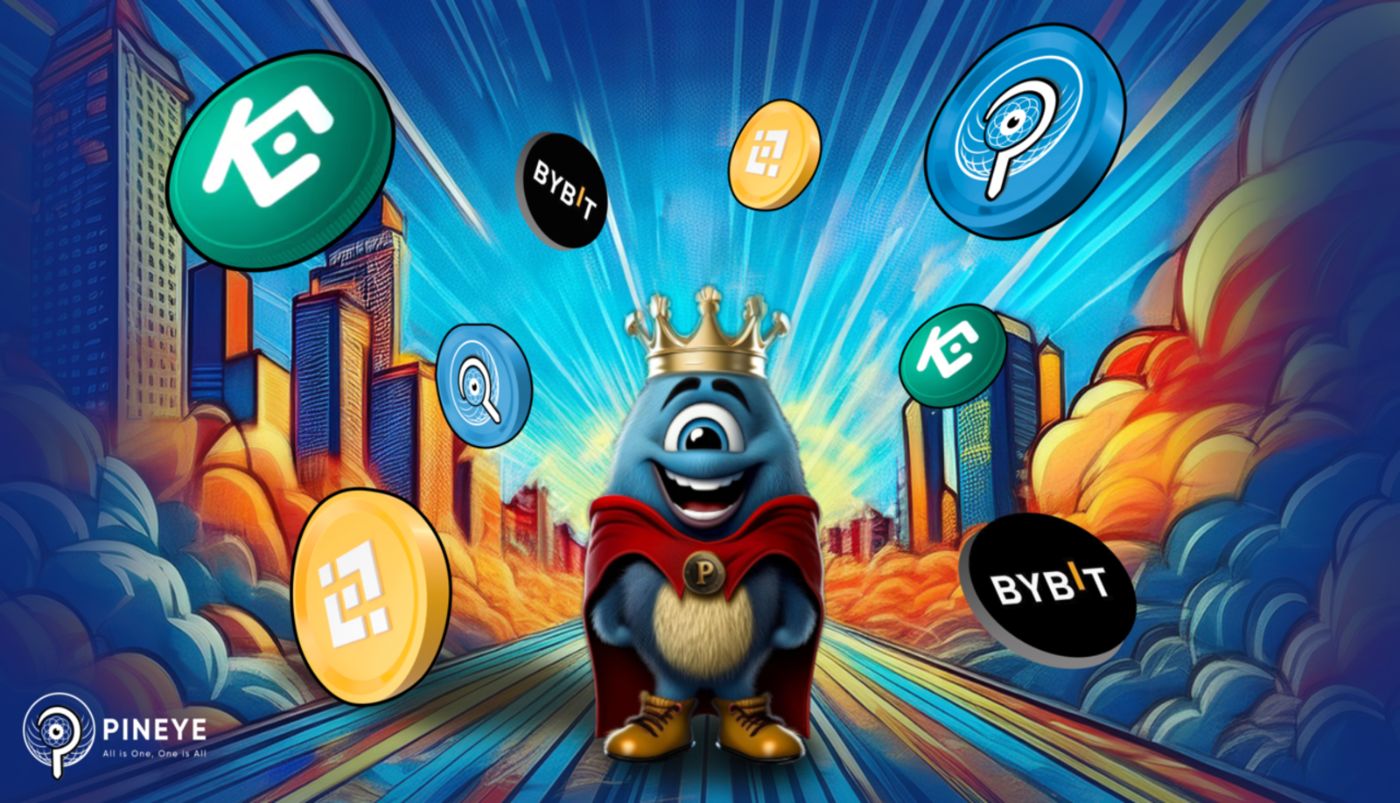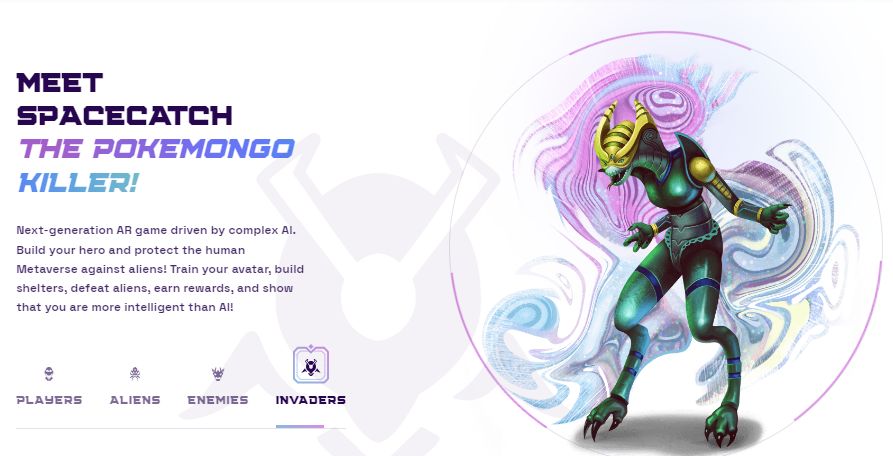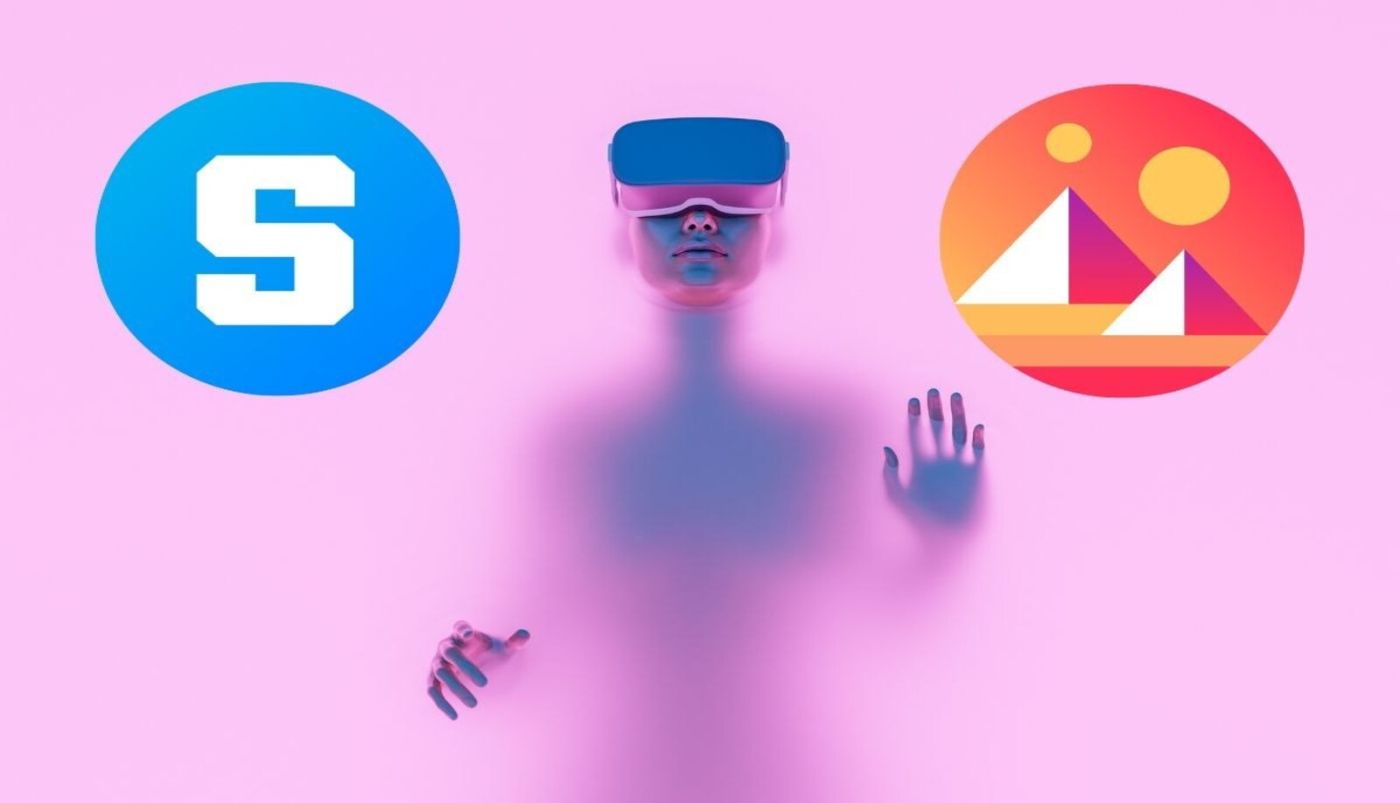and the distribution of digital products.
How to Earn Money Playing Blockchain Games in 2025
Over the last few decades, the gaming industry has shifted from providing modest entertainment at bars in the form of Pong, PacMan, and Co. to a global enterprise worth multiple billions of dollars. Today, video games like Grand Theft Auto, World of Warcraft, and Fortnite are the most valuable entertainment products, far exceeding cinema, music, and TV.
\ In recent years, however, player preferences have changed along with the ongoing flood of new games – particularly with regard to revenue-generating opportunities. Games like World of Warcraft, Counterstrike GO, and the FIFA series have introduced the concept of owning and trading digital in-game assets for real money – although most publishers are still trying to prohibit the latter circumstance.
\ The introduction of blockchain technology to gaming has now altered the narrative, as Web3-based games allow the trading of in-game assets by default. It is thus no surprise that according to DappRadar, blockchain gaming reached a significant milestone by recording 4.2 million daily active users (DAUs) in August 2024. Let’s take a closer look at this interesting and fast-growing field.
Telegram Gaming, the Next Big Thing?If you’ve been even somewhat active in the crypto space as of late, then you’ve probably noticed the buzz around Telegram lately. This is primarily due to the rise of Telegram’s blockchain, The Open Network (TON). In fact, the TON ecosystem is expected to have 1.8 billion accounts by the end of 2024 – which would make it one of the top 3 most popular blockchain infrastructures after Bitcoin and Ethereum.
\ Many games debuted on the TON blockchain after NOTCOIN led the charge. These games proved that earning money through blockchain games is now as easy as opening a messenger app – Telegram.
\ One project that TON-focused gamers find interesting is Panda Roll, a revolutionary Telegram and TON-based “AFK-to-Earn” game that allows players to start on an exciting journey to earn points and unlock rare 'emblems' – even when they are not actively playing.
\
\
\ This model, which originated from Web2 gaming chatrooms such as Discord, has seen significant success in the crypto space in the recent years. In fact, Panda Roll attracted over 1.5 million users within just two months of its launch. The mechanics are simple: Panda Roll players can simply click auto-roll, close the application, then return in 3 hours to see what rewards they have won.
\ Another gaming project on the TON blockchain is PinEye – an innovative ecosystem that amalgamates social networking, gaming, education, philanthropy, and staking within a single platform.
\ Recent achievements include a partnership with KuCoin to enhance trading experiences, a listing on CoinGecko for market performance tracking, and the forthcoming launch of Social Trading.
\

\ Other Ton-based games commanding the attention of the gaming community are Tapswap, Blum, Tomarket, X-Empire, Dogiators, etc.
Blockchain Gaming as an Income SourceAs already mentioned, in conventional gaming, the in-game assets acquired or purchased by players, including skins, characters, and weapons, are generally regulated. Players may invest hours in acquiring them, yet they do not possess true custody.
\ Publishers are free to remove or modify these assets, and they frequently also prohibit the trading of assets outside of their highly regulated in-game platforms. Furthermore, when their servers cease operations or a player is banned from accessing the service, all assets are forfeited, regardless of any real monetary investment was made to obtain them.
\ Blockchain technology grants players direct authority over their digital property as non-fungible tokens (NFTs). NFTs signify distinct, verifiable possession of digital assets on the blockchain, enabling players to trade, sell, or transfer these assets across various games or platforms.
\ Tons of games exists within the blockchain ecosystem. Particularly, 2024 saw a mix of caution and optimism in the Web3 and blockchain gaming investment industry. The second quarter of 2024 was exceptionally successful, marking one of the best performances since Q3 2022, with investments totalling $1.1 billion, a 314% increase over the previous quarter and 17% increase over Q2 2023.
\ For instance, SpaceCatch emerged as a notable Web3 GameFi project for 2024, created by the esteemed gaming studio Pixelfield. This advanced augmented reality and Web3 game emulated the successful model of PokemonGo while integrating move-to-earn elements, positioning itself as a prospective "PokemonGo killer."
\ Remarkably, notwithstanding the challenge of being hacked a few months ago, the game has regained prominence and bounced back even stronger.

\ Further, Engines of Fury is a free-to-play, post-apocalyptic, top-down extraction shooter that uniquely integrates conventional gaming with blockchain technology, utilising a singular deflationary token, $FURY, and NFTs. The project distinguishes itself through its outstanding development team, comprising talent from premier web3 initiatives and AAA studios, while receiving support from major industry players like Maven Capital and Double Peek Group. \n
The game offers an immersive experience, enabling players to engage in intense extraction-based gameplay within a dynamic economic ecosystem facilitated by the $FURY token and NFT integration.
\ Realistically, the objective of decentralization is to confer complete rights and control of in-game assets on players, making any modification of an item impossible without the player's consent.
Comparing Revenue Models and IncentivesConventional gaming revenue models primarily depend on in-app purchases, subscriptions, and advertising. Players invest funds to acquire items or expedite advancement; however, the majority of financial gains predominantly accrue to the developers. Not only that, once a player acquires an item through purchase, they are prohibited from selling or trading it, resulting in a stagnant economy where the expenditure is irrevocable.
\ Web3 games, on the other hand, have an emphasis on enabling players to earn money playing blockchain games, for instance by empowering users to create and sell content, such as skins or levels, while also receiving token rewards (i.e. web3 in-game currencies). This allows players to create and participate in player-driven economies.
\ Decentraland and The Sandbox are two examples of Web3 games that allow players to create, sell, and trade digital assets.
\ Decentraland, which is an older platform, functions as a DAO and has institutional support from prominent entities such as Samsung, the South Korean Government, and Polygon. Players can buy, build, and sell LAND, creating a thriving marketplace for digital real estate. Decentraland has a native cryptocurrency called MANA, which is used for in-world transactions and governance. Investing in virtual real estate is one of the most profitable options for players to consider on Decentraland.
\ On the other hand, The Sandbox utilises a rewarding model that enables players to earn SAND by engaging in activities such as playing games, completing quests, or even taking part in events. With SAND, users can acquire ASSETS and LAND, utilise premium features, engage in governance decisions, stake for rewards, and participate in gaming activities.
\
\

\ Publishers of Web3 games are typically monetized through fees on any asset transfers by players and also through native tokens – of which a publisher typically retains a considerable amount.
Gaming TransparencyMost people believe that fairness and transparency are essential principles in any competitive gaming context. After all, players require a certain confidence that game mechanics are impartial and that results are not altered – think a digital slot machine where the house makes the winning chances are even slimmer than what they should be.
\ Provably fair mechanisms represent the solution, and blockchain makes this possible. On-chain contracts or trust agreements between players and game developers ensure that all game outcomes are fully transparent and verifiable on the blockchain.
\ Numerous blockchain-based games have already implemented the concept of provably fair mechanics. Chainlink VRF (Verifiable Random Function) serves as a solution for developers to guarantee randomness in blockchain-based games. It offers immutable randomness that participants can authenticate on the blockchain.
\ Satoshi Dice is another instance of a provably fair game operating on the Bitcoin Cash blockchain. Each roll's results are recorded on the blockchain, and the hash of the secret key is publicly disclosed, enabling users to authenticate the fairness of each result.
Earning Money with Crypto Games – Step-by-Step GuideIf you’re ready to get started with earning money while playing games, then make sure to follow all the steps below:
\
- Set Up Your Crypto Wallet
Before discussing playing blockchain games, it is expedient to create a secure digital wallet. Examples include MetaMask, Trust Wallet, Phantom, Tonkeeper, and Telegram Wallet, among others. For beginners, one important lesson to learn is to keep one’s wallet's phase safe to ensure the security of funds. Do not share it with friends and family for any reason. Keep it safe.
\ While some games require no initial investments, some do. Consequently, players should consider adding some cryptocurrency to cover initial transaction or gas fees if needed (usually TON, ETH, or the specific blockchain's native token).
\
- Research profitable Games
Searching for a profitable blockchain game can be both simple and challenging. Here is why: The excitement and the urge to earn based on hype can make even experienced players hop on a game. As much as there are good developers and founders in the ecosystem, bad ones are also present.
\ For instance, $SQUID was being marketed on social media as a play-to-earn cryptocurrency to be used in a future Squid Game-inspired video game. It gained huge traction, so much so that the price went beyond expectations. However, the developers ultimately ran away with a whopping $3.38 million, crashing the price to virtually zero.
\ Some of the key factors to always consider before jumping on any blockchain game or investing in its token: Earning model, Initial investment requirements (If any), Time commitment needed, User reviews and community feedback, Partnerships, Roadmap, Tokenomics, Track record of team members.
\
- Learn Best Practices
The possibility of making money while playing blockchain games is unlimited. Proven strategies for maximizing earnings exist.
\ Most experts recommend focusing on daily quests and rewards. Popular platforms include Galxe, Zealy, and the Telegram Community mini app. Sometimes you are also required to participate in special events on social media with rewards paid in the game's token.
\ Additionally, it is wise to reinvest earnings strategically to buy in-game assets. You will only have much more fun and see your earnings grow better. A mix of fun and reward is truly amazing for players.
\ Perhaps most importantly, make sure to look for game-specific strategies on platforms such as YouTube and Reddit. There are usually a number of experienced and skilled players sharing their best practices, so you can use their learnings to improve at a game quickly.
\
- Home
- About Us
- Write For Us / Submit Content
- Advertising And Affiliates
- Feeds And Syndication
- Contact Us
- Login
- Privacy
All Rights Reserved. Copyright , Central Coast Communications, Inc.
